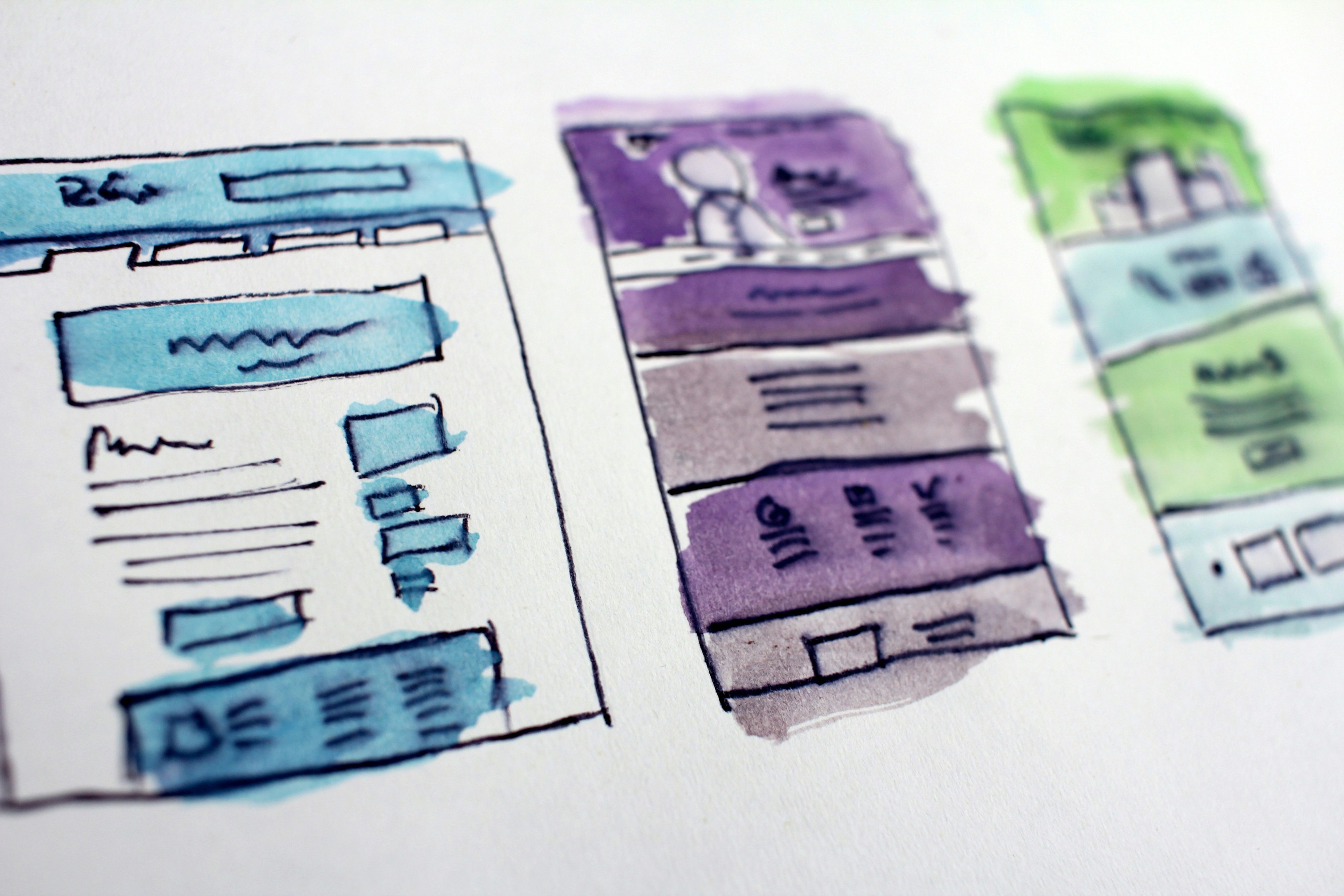The beginnings of every new project are difficult. I had a problem with programming – I didn’t know where to start with learning. It was a huge amount of knowledge. I knew I wanted to become a Python backend developer, but I had no idea what I should know. In the beginning, the roadmap helped me, which I want to write more about today.

What is a roadmap?
A roadmap is a visual or textual plan that outlines the steps needed to achieve a specific goal. In the context of learning programming, a roadmap provides a clear structure and sequence of steps that should be followed.
Benefits of a Roadmap:
- Clear Direction: A roadmap gives an overview of where to start and where to go. It helps learners understand what they need to learn to reach a certain level of knowledge or competence.
- Breaking Down into Manageable Steps: Breaking the learning process into smaller, manageable parts helps prevent feeling overwhelmed.
- Motivation: Tracking progress on a roadmap can be motivating. Seeing how close you are to your goals reinforces the commitment to keep going.
- Prioritizing Learning: A roadmap helps determine which topics are essential to learn first and which can be left for later, ensuring efficient learning.

How to Create or Find a Roadmap for Learning Programming?
There are many ready-made roadmaps available online that are specifically designed for various programming languages or fields. Here are some steps to create or find a roadmap:
- Use Online Resources: Websites like Roadmap.sh offer ready-made roadmaps for various languages and technologies, such as web development, DevOps, and more.
- Define Your Goal: Identify what you specifically want to learn. For example, if you want to become a backend developer, your roadmap should include Python, Django or other framework, database and basic backend knowledge.
- Consult Experts: Ask mentors, teachers, or experienced programmers for their recommended steps for your goals. Their experience can help create an effective roadmap.
- Iterative Approach: Adapt the roadmap as you learn. Some topics might be harder or easier than anticipated, so it’s important to be flexible.
How Does a Roadmap Help in Learning Programming?
- Provides Structure and System: Without a clear plan, learning can be chaotic. A roadmap ensures that you learn logically and systematically, from the basics to more advanced concepts.
- Helps Focus on Important Topics: In programming, it’s easy to get lost in details. A roadmap helps maintain focus on key concepts that are essential for understanding and progress.
- Serves as a Reference Point: If a student feels lost or feels like they are stagnating, a roadmap can serve as a reference point to check progress and determine the next steps.

Examples of Specific Programming Roadmaps
- Roadmap for Beginner Python Programmers:
- Basics of Python syntax: variables, data types, operators
- Control structures: if-else, for-loops, while-loops
- Functions and modules
- Working with data structures: lists, tuples, dictionaries, sets
- Basics of Object-Oriented Programming (OOP)
- Handling exceptions and errors
- Advanced topics: generators, decorators
- Basics of web development or data analysis
Tips for Using a Roadmap in Learning
- Set Small Goals: Break down big tasks into smaller ones and celebrate small victories.
- Be Flexible: If you find that a certain step isn’t going as planned, don’t be afraid to skip it and come back to it later.
- Regularly Review: Occasionally revisit your roadmap and evaluate if it’s still relevant to your goals and needs.

Conclusion
Roadmaps are an excellent tool for programming students because they provide clear direction, motivation, and structure, which can greatly improve the efficiency of learning. Whether you’re a complete beginner or an advanced programmer looking to learn a new technology, a roadmap can be a key element of success.









Leave a Reply